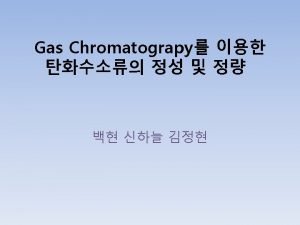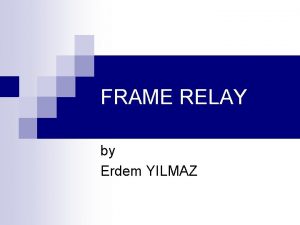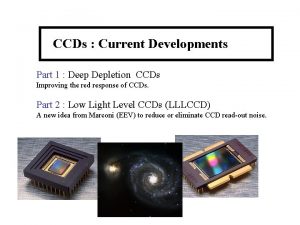Frame transfer CCDs 1 In the split frame



- Slides: 3

Frame transfer CCDs 1. In the split frame CCD geometry, the charge in each half of the image area could be shifted independently. Now imagine that the lower image area is covered with an opaque mask. This mask could be a layer of aluminium deposited on the CCD surface or it could be an external mask. This geometry is the basis of the ‘Frame transfer’ CCD that is used for high frame rate video applications. The area available for imaging is reduced by a half. The lower part of the image becomes the ‘Store area’. Image area clocks Store area clocks Opaque mask Store area Amplifier Serial clocks

Frame Transfer CCDs 2. The operation of a Frame Transfer CCD begins with the integration of the image in the image area. Once the exposure is complete the charge in the image area is shifted down into the store area beneath the light proof mask. This shift is rapid; of the order of a few milliseconds for a large CCD. The amount of image smear that will occur in this time is minimal (remember there is no external shutter). Integrating Galaxy Image

Frame Transfer CCDs 3. Once the image is safely stored under the mask, it can then be read out at leisure. Since we can independently control the clock phases in the image and store areas, the next image can be integrated in the image area during the readout. The image area can be kept continuously integrating and the detector has only a tiny ‘dead time’ during the image shift. No external shutter is required but the effective size of the CCD is cut by a half.





